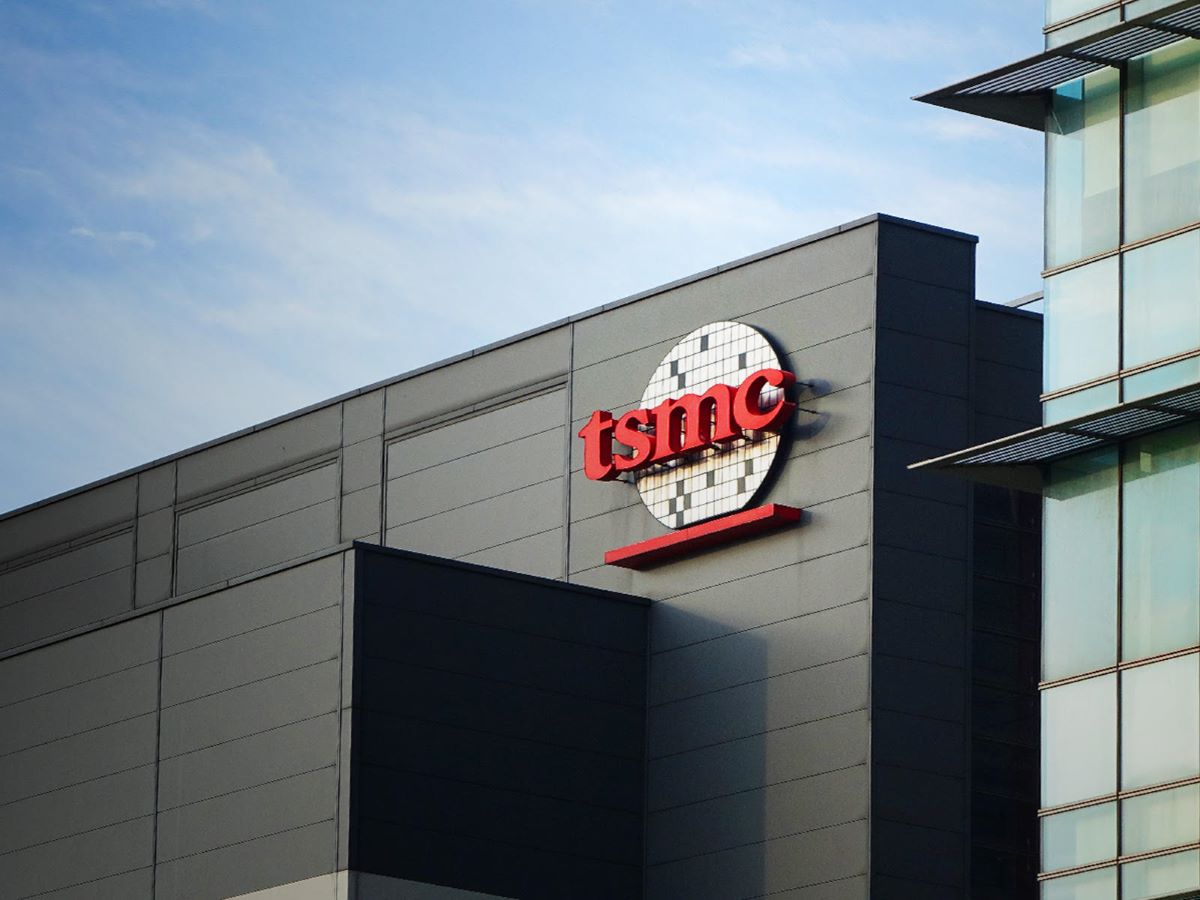JPMorgan Downgrades TSMC, Warns of CoWoS Demand Deterioration and Scaled-Back Guidance
Impacted by Trump's tariffs and expectations of a global economic slowdown, jpmorgan has slightly lowered its demand forecast for TSMC's CoWoS advanced packaging technology.JPMorgan analysts, led by G

Impacted by Trump's tariffs and expectations of a global economic slowdown, jpmorgan has slightly lowered its demand forecast for TSMC's CoWoS advanced packaging technology.
JPMorgan analysts, led by Gokul Hariharan, released a report on Wednesday cutting their consumption forecasts for TSMC's CoWoS packaging over the next two years by 7% and 3%, respectively. The revision was attributed to declining demand for Amazon's in-house AI chips and macroeconomic uncertainties. Given the influence of tariffs and global headwinds, tsmc management may lower its FY2025 revenue growth guidance from around 25% to approximately 20%.

The world's largest semiconductor foundry is expected to post its first-quarter earnings on Thursday before the market opens.
Due to volatility in Amazon's Trainium 2 chip supply chain, JPMorgan has sharply reduced its 2025 shipment forecast for Trainium 2 to around 1.1–1.2 million units.
In addition, Amazon's Trainium chips are expected to see limited adoption among external clients. JPMorgan now anticipates that the next-generation Trainium project will grow only 5–10% in unit volume over the next two years, signaling a more cautious market stance on Amazon's custom ASIC projects.
Despite the cut in forecasts, JPMorgan still expects CoWoS demand to grow 107% in 2025 and continue with 37% growth in 2026. This growth will be driven by strong Nvidia demand, an increase in ASIC projects (especially from Broadcom and MediaTek), and the start of Apple's WMCM chip packaging.
Nvidia remains the largest customer for CoWoS, though growth expectations are becoming more rational. The report estimates that TSMC's CoWoS capacity will remain tight in 2025 but may reach a supply-demand balance by 2026.
Nvidia continues to drive CoWoS-L demand, and JPMorgan expects it to receive enough allocation to produce 5.5–6 million Blackwell B200/B300 chips and about 700,000 Hopper chips in 2025.
JPMorgan has raised its estimate for Nvidia's 2026 CoWoS consumption by 10%, mainly due to lower wafer yields for Rubin chips (each wafer supports only 11–12 chips) and a 30–35% increase in package size. Notably, the forecast does not assume significant growth in GPU unit shipments, which may remain around 7 million units. Nvidia is expected to account for 65% and 60% of total CoWoS capacity in 2025 and 2026, respectively.
TSMC's Q2 revenue is expected to grow 5–8% quarter-over-quarter, driven by strong demand for N4/N5 and N3 nodes, rush orders on legacy nodes, and growth in advanced packaging. However, the impact of tariffs and a slowing global economy could lead TSMC to revise its FY2025 revenue guidance down from 25% to 20%. JPMorgan currently forecasts TSMC's full-year revenue to grow 23% in USD terms.
With an increasingly cautious outlook, more analysts are predicting weaker earnings ahead for TSMC. Deutsche Bank noted that as clients adjust to tariff changes, TSMC may eventually withdraw its current guidance.
Disclaimer: The views in this article are from the original Creator and do not represent the views or position of Hawk Insight. The content of the article is for reference, communication and learning only, and does not constitute investment advice. If it involves copyright issues, please contact us for deletion.